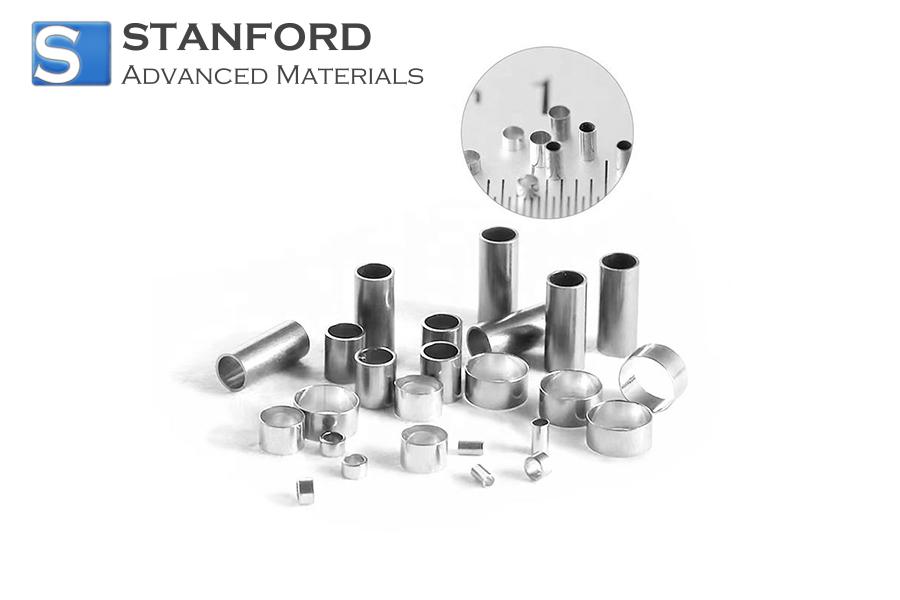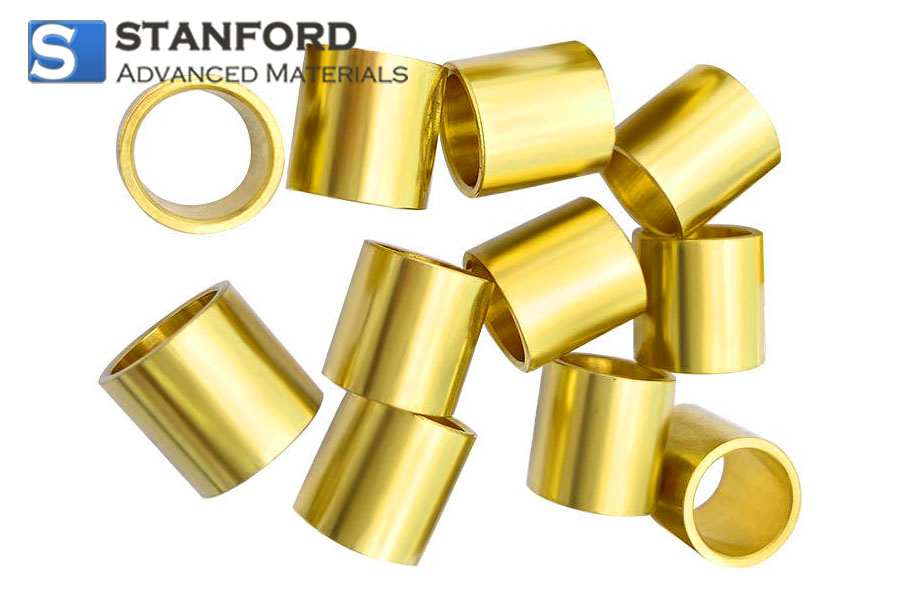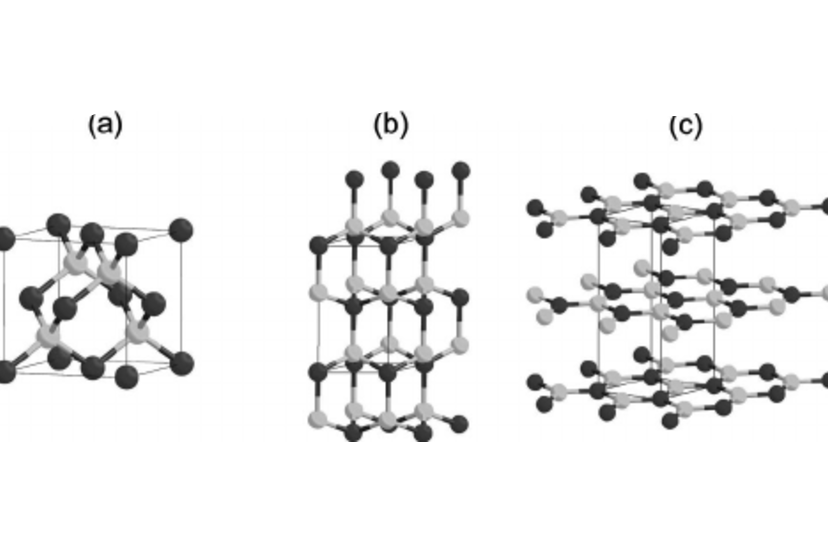The 2019 SAM $1,000 College Scholarship Contest Winner
The Stanford Advanced Materials $1 000 College Scholarship Contest 2019 concluded last month with a record number of submissions from students. Congratulations to the winner:
Charles Boyle
University of Texas at Austin
The participants were asked to write an essay in which they described their experience with advanced materials in daily life and discussed the potential future impacts.
We received more than 200 submissions from students in the USA, and Charles won the contest. He received $1 000 because his essay, published here with his permission, presented his experiences and well-considered ideas regarding refractory metals.
Charles Boyle
In early 2018, I began a spring internship at the Green Propulsion Laboratory at NASA’s Marshall Space Flight Centre. During the internship, I participated in two main projects. I helped design and manufacture NASA’s first green monopropellant loading system with reduced toxicity for refuelling spacecraft. I also assisted in designing a CubeSat printing module optimised for use with green propellants.
Through these projects, I acquired a detailed understanding of the benefits of green propulsion systems compared to current hydrazine-based monopropellant systems. I also identified challenges that limit green propellant use in space missions.
I learned at NASA that one key issue with green propellants is the high temperature required for proper combustion. Conventional materials used in combustion chambers do not withstand the high temperatures and oxidative conditions associated with the thermal decomposition of green propellants.
Refractory metals are employed in response to this issue. The future of green propulsion depends on advancing manufacturing techniques for refractory metals. Refractory metals such as Iridium and Rhenium are essential in the design of a green propellant system because they are among the few materials that can tolerate the temperatures produced during sustained thermal decomposition. Their production remains time‐consuming and costly, which has limited green propulsion use to a few missions. Furthermore, current applications of refractory metals in green propulsion systems are mostly restricted to subtractive manufacturing methods. Additive manufacturing techniques, for example printing Rhenium nozzles with a DMLS print bed, remain relatively unexplored. Consequently, developing cost‐effective subtractive methods and reliable additive techniques for refractory metals could alter the field of satellite propulsion systems. Such methods would allow green monopropellant systems to replace hydrazine‐based thrusters, thereby reducing toxicity and increasing impulse density.
This matter is important because green propellants offer lower toxicity, higher impulse per unit volume and simpler handling. However, these propulsion systems are impractical if conventional materials cannot endure the high temperatures and oxidative combustion environments. Given that a higher impulse per unit volume may be the final factor in a mission’s approval, improving material performance is critical.
One mission that presents a significant engineering challenge is the Mars Sample Return (MSR) Mission. The Mars Ascent Vehicle (MAV) is required to transport a sample from the Martian surface to Mars orbit. Most design proposals use solid, hybrid or monopropellant systems that do not provide the necessary impulse for orbit insertion. Accordingly, applying refractory metals might enable this critical mission. Developing refractory metal manufacturing techniques to a point where these materials can be used in the design of a green, high-performance MAV propulsion system could permit an MSR mission to succeed, thereby allowing progress towards human exploration of Mars.
I aim to contribute to the transport of both robotic systems and humans beyond Earth orbit to celestial bodies that have not yet been visited. To achieve this goal, society must develop affordable and reliable propulsion systems. Refractory metals are the element that permits the replacement of hydrazine-based monopropellant systems with green propulsion systems that offer improved performance. Such advancements would benefit small satellite propulsion and support the stringent requirements of future space research.
Reference: Cavender, D. P., Marshall, W. M., & Maynard, A. P. (n.d.). 2018 NASA Green Propulsion Technology Development Roadmap.
Well done, Charles. We wish you success in your university career and beyond.

 Bars
Bars
 Beads & Spheres
Beads & Spheres
 Bolts & Nuts
Bolts & Nuts
 Crucibles
Crucibles
 Discs
Discs
 Fibers & Fabrics
Fibers & Fabrics
 Films
Films
 Flake
Flake
 Foams
Foams
 Foil
Foil
 Granules
Granules
 Honeycombs
Honeycombs
 Ink
Ink
 Laminate
Laminate
 Lumps
Lumps
 Meshes
Meshes
 Metallised Film
Metallised Film
 Plate
Plate
 Powders
Powders
 Rod
Rod
 Sheets
Sheets
 Single Crystals
Single Crystals
 Sputtering Target
Sputtering Target
 Tubes
Tubes
 Washer
Washer
 Wires
Wires
 Converters & Calculators
Converters & Calculators
 Write for Us
Write for Us



 Chin Trento
Chin Trento



